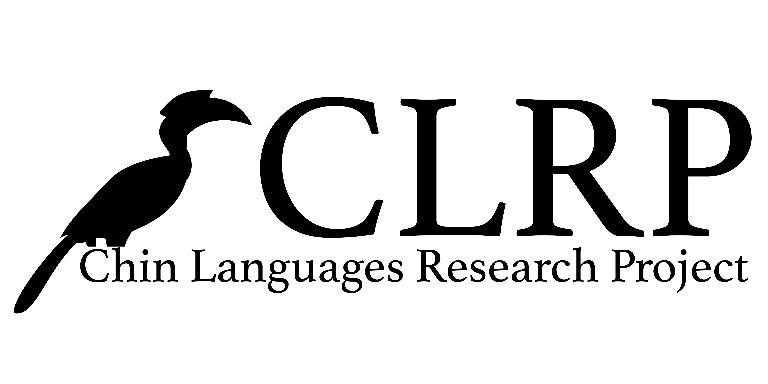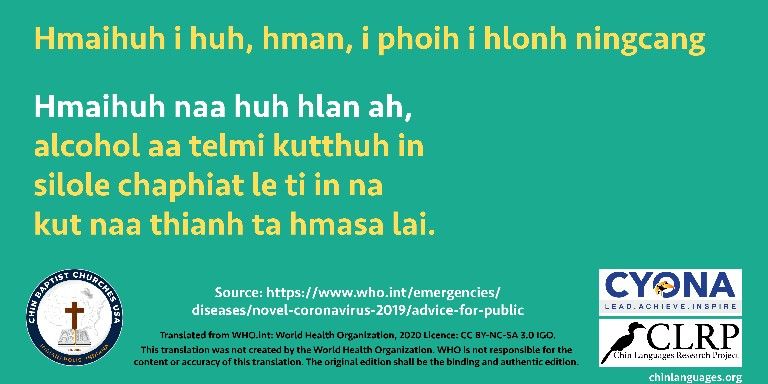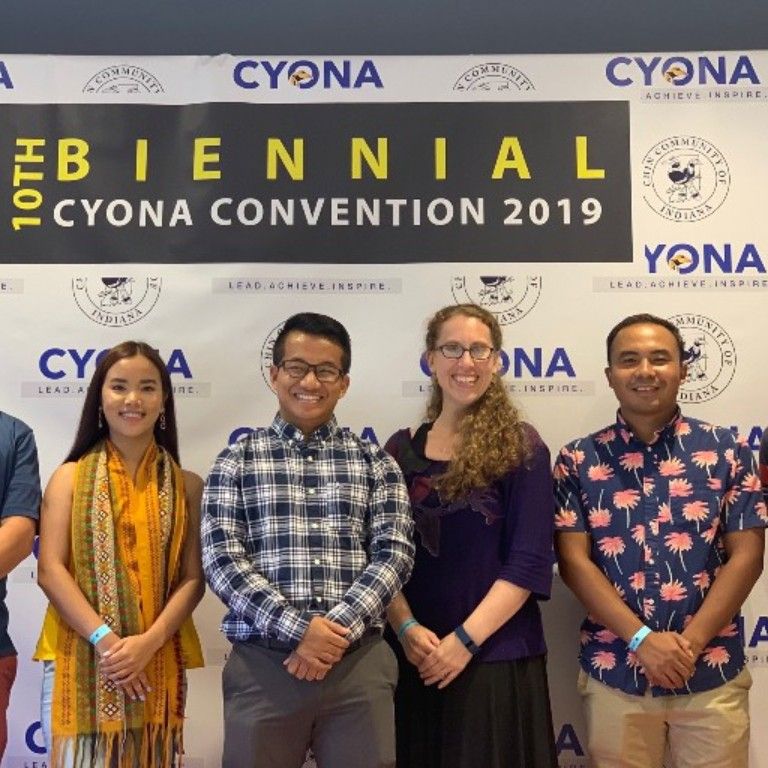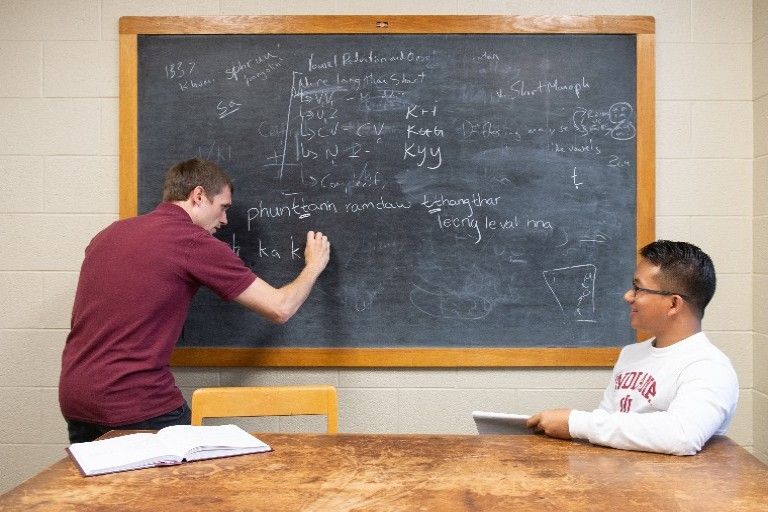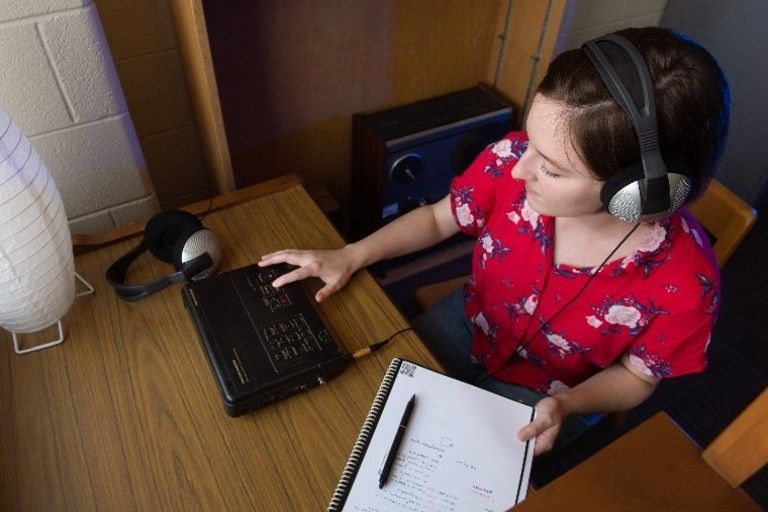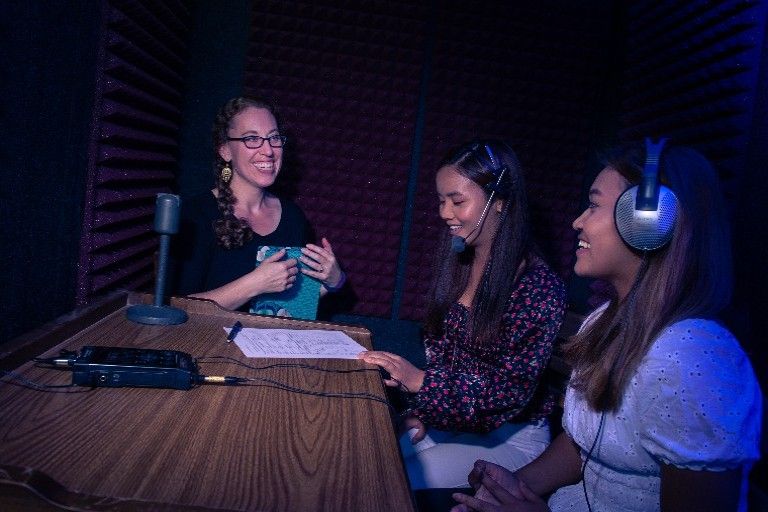As the country continues to find ways to come together in support of each other during the COVID-19 outbreak, IU students are helping a community translate World Health Organization (WHO) fact sheets, answer FAQs, and debunk misinformation.
The Chin Languages Research Project at IU (CLRP) has begun providing needed translations to stay safe and knowledgeable about changes happening within the state of Indiana. CLRP, headed by IU Linguistics professor Kelly Berkson, is a collaboration between IU linguistics and IU students who are members of Indiana’s Burmese refugee community.
To provide support and experience for the undergraduate students involved in this project, the Office of Engaged Learning provided financial support to pay for hourly wages for those contributing to the efforts.
About 25,000 Burmese refugees live in Indiana; 19,000 of those reside in the city of Indianapolis and are lacking resources in their native language to learn about the coronavirus.
Peng Hlei Thang, an IU undergraduate who is a member of both the CLRP and the Burmese community in Indianapolis, was the first to notice the need. The Chin community was receiving inaccurate information concerning what precautions to take against the virus.
“People from my church and elders in our community started to reach out to me about information they have heard from the media regarding COVID-19,” Thang said.
Suspecting that there was a need for reliable, accurate information in the community, Thang brainstormed with his fellow CLRP team members about finding a solution. They had been working on language materials related to the Census, but decided to pivot and began focusing on COVID-19 translation instead.
The WHO information online comes in limited languages. Many of the Burmese community comes from Chin State in the western part of Myanmar. Since it’s essential to have clear and accessible information on the disease to keep the community safe, Thang and the other members of the CLRP took the opportunity to translate information in Hakha Lai.
Hakha Lai, also known as Hakha Chin or Laiholh, is a language spoken between groups who do not share the same native language in Chin State and in Indianapolis.
False information about the virus was spreading through Facebook and a messaging service called Viber.
“As soon as we heard about the misinformation, we immediately got into action,” graduate linguistics student, James Wamsley said.
A team of seven students, with support from Professor Berkson, got together to take on this new project right before spring break in mid-March.
The work aligns with the overall mission of the CLRP. Berkson, her team of graduate linguistics students, and IU undergraduate members of the Chin community in Indianapolis, work on providing scholarly and practical resources to the community through various projects.
In translating the WHO documents, students had to think critically about what items to translate, verify if there were any changes with how to practice social distancing, and learn about requirements on when to wear masks. Berkson’s students also worked on researching copyright laws to understand any relevant restrictions around translating or disseminating this information.
Students quickly built a website and worked on graphics to share on social media platforms for the Burmese community.


